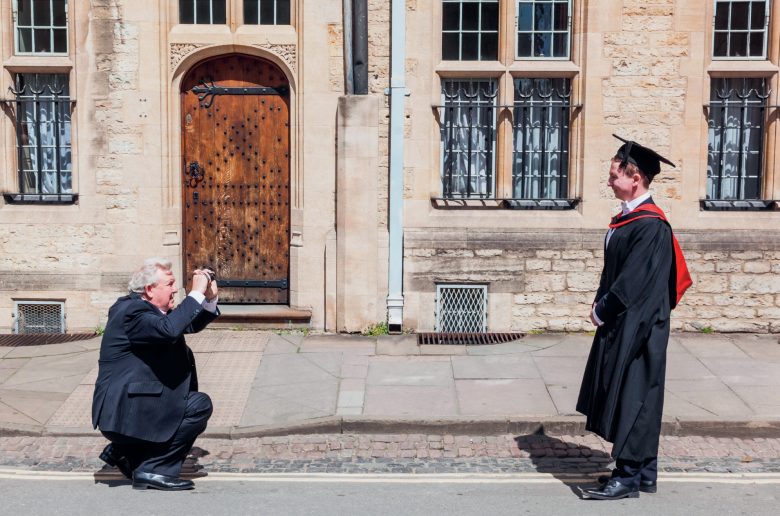
There is much in the news at the moment about ‘widening’ working-class access to higher education, and this timely article looks at some of the reasons for the relative lack of working-class students in British universities. It provides material for gaining marks for evaluation, for example by criticising the notion that the main reasons lie in the so-called ‘poverty of aspiration’ among working-class pupils. The two studies used in the research provide useful examples of different research methods, and there is helpful discussion of the concepts of ‘pragmatic’ and ‘identity-based’ aspirations. Louise Archer suggests that the reasons for low working-class participation in higher education are structural, social and cultural — use the article to identify the nature of these. This article is useful for the topics of ‘Education’, ‘Stratification’ and ‘Culture and identity’.
Government education policy in the UK, under both New Labour and now the coalition, has tended to assume that the problem of access for working-class students stems from a ‘poverty of aspirations’ and a lack of information about higher education (HE) among working-class young people.
Your organisation does not have access to this article.
Sign up today to give your students the edge they need to achieve their best grades with subject expertise
Subscribe




